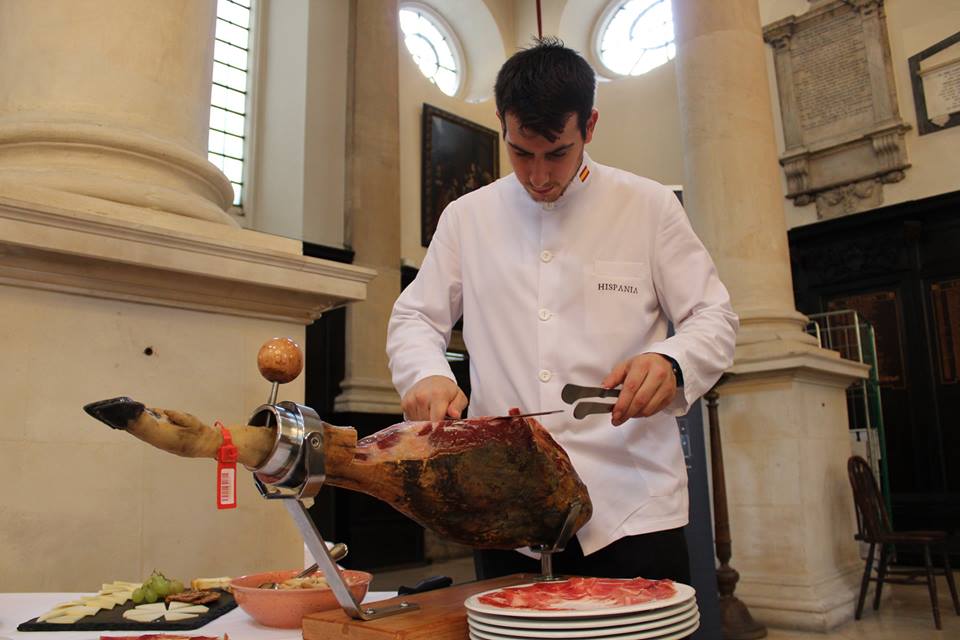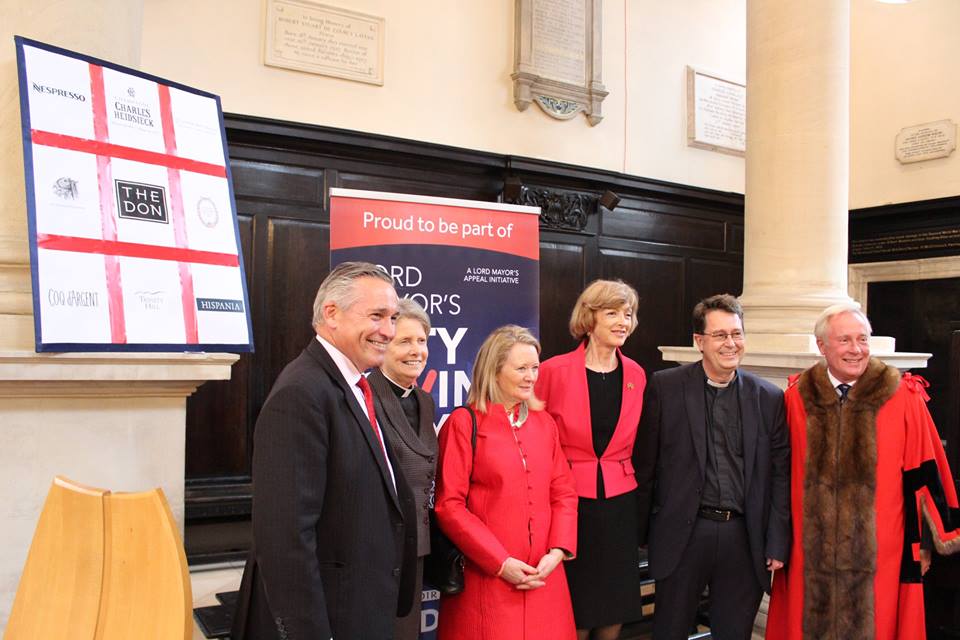The Lord is my shepherd, I shall not want. He makes me
lie down in green pastures; he leads me beside still waters; he restores my
soul. He leads me in right paths for his name’s sake. Even though I walk
through the darkest valley, I fear no evil; for you are with me; your rod and
your staff — they comfort me. You prepare a table before me in the presence of
my enemies; you anoint my head with oil; my cup overflows. Surely goodness and
mercy shall follow me all the days of my life, and I shall dwell in the house
of the Lord my whole life long. [Psalm 23]
Meditation
In reflecting on this Psalm I simply want to share with
you two rewritings of the Psalm. The first, by
Marcia K. Hornok, is the antithesis of Psalm 23 outlining all
the ways in which our working lives do not align with the Psalm. The second,
which was composed by
Toki Miyashina and broadcast by Rev. Eric Frost on 4th
May 1965, which re-translates the Psalm as a prayer for our busy working lives.
As we think about both, may we reflect on ways to draw on the wisdom of this
Psalm in the midst of our busy working lives.
The clock is my dictator, I shall not rest.
It makes me lie down only when exhausted.
It leads me to deep depression. It hounds my soul.
It leads me in circles of frenzy for activity’s sake.
Even though I run frantically from task to task,
I will never get it done,
For my “ideal” is with me.
Deadlines and my need for approval, they drive me.
They demand performance from me,
beyond the limits of my schedule.
They anoint my head with migraines.
My in-box overflows.
Surely fatigue and time pressure shall follow me all the
days of my life,
And I will dwell in the bonds of frustration forever.
Psalm 23 - Japanese version
The Lord is my Pace-setter, I shall not rush;
He makes me stop and rest for quiet intervals.
He provides me with images of stillness, which restore my
serenity;
He leads me in ways of efficiency through calmness of
mind,
And His guidance is peace.
Even though I have a great many things to accomplish each
day,
I will not fret, for His presence is here.
His timelessness, His all importance, will keep me in
balance.
He prepares refreshment and renewal in the midst of my
activity
By anointing my mind with His oils of tranquillity.
Surely harmony and effectiveness shall be the fruits of
my hours,
For I shall walk in the peace of my Lord, and dwell in
His house for ever.
Prayer
The Lord is our shepherd. We have all that we need. We
pray for those who feel overwhelmed and alone in the darkness of depression,
illness, loss or anxiety. Lord, in your mercy, hear our prayer.
He lets us rest in green meadows. We pray for refugees
and asylum seekers who have given up everything, for survivors of natural disasters
who have nothing left, and for all who are homeless. Lord, in your mercy, hear our prayer.
He leads us beside peaceful streams. We pray for people
who have only dirty water to drink, and those for whom hunger is not a choice. Lord,
in your mercy, hear our prayer.
He renews our strength. He guides us along right paths,
bringing honour to his name. We pray for those whose faith is new or fragile,
for those burdened by doubts. Lord, in your mercy, hear our prayer.
Even when we walk through the darkest valley, we will not
be afraid, for you are close beside us.
We pray for those who struggle with temptation or
addiction, for those who feel invisible or
voiceless. Lord, in your mercy, hear our prayer.
You prepare a feast for us in the presence of our
enemies. We pray for Christians who live in countries where it is dangerous or
illegal be a Christian. For those who face persecution, imprisonment, and
death, as a direct consequence of their faith. Lord, in your mercy, hear our prayer.
Our cup overflows with blessings. We pray for people who
have hurt us, for people we find it hard to forgive, for people we find it difficult
to love. Lord, in your mercy, hear our
prayer.
Surely, your goodness and unfailing love will pursue us
all the days of our lives, and we will live in your house for ever. We pray
that the time will not be far off when your Kingdom will come, and the earth
will be filled with the knowledge of your glory. Lord, in your mercy, hear our prayer.
Blessing
Go now with your trust in the good shepherd, and let us
love, not just in words, but in truth and action. Believe in the name of Jesus
Christ, and love one another, just as he has commanded us.
And may God be at your side, even in valleys of death. May
Christ Jesus be the cornerstone of your life. And may the Holy Spirit abide in
you and tend you with love and mercy all the days of your life. Amen.

































